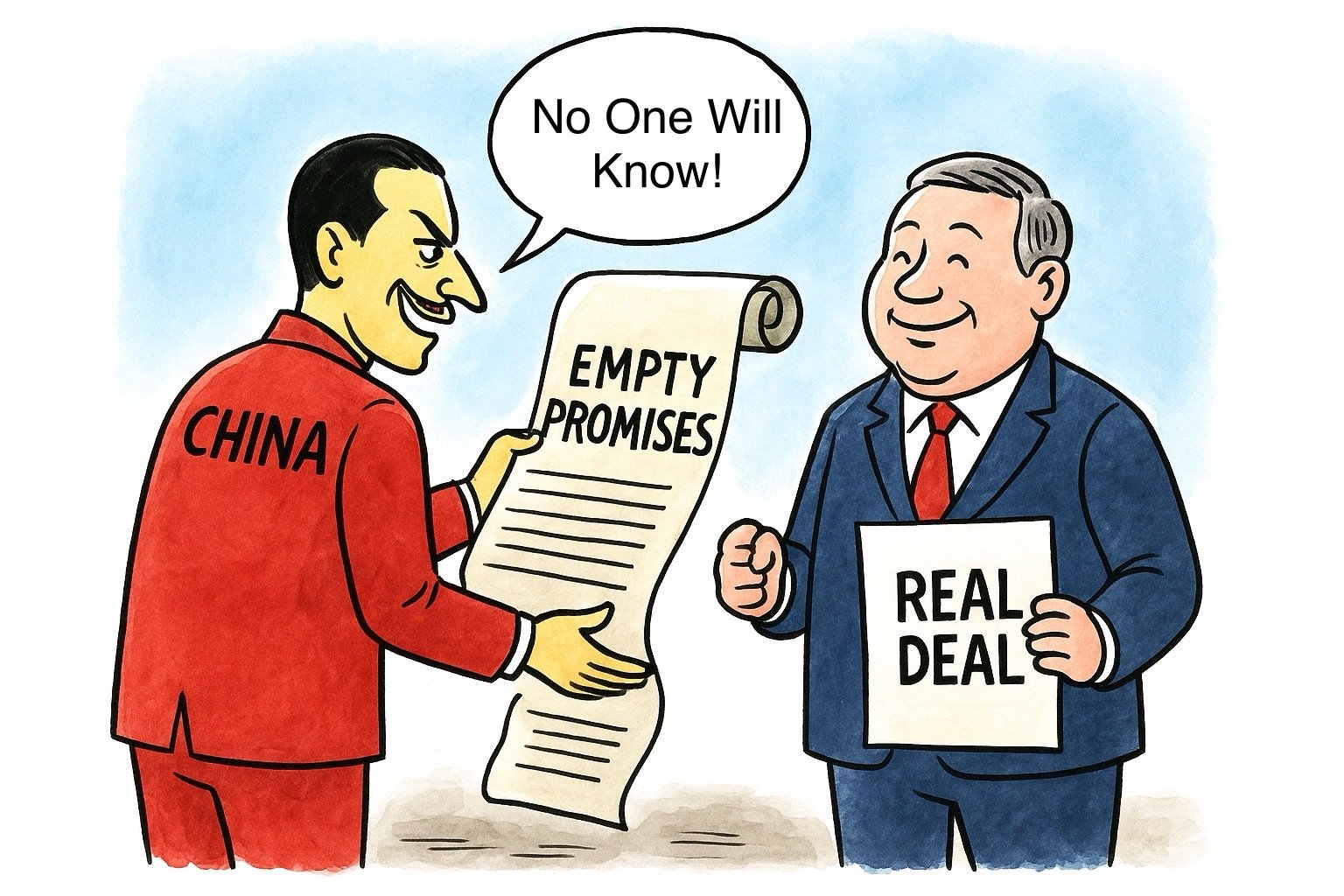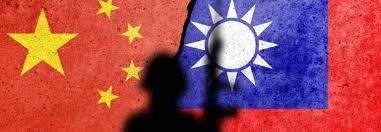Beijing insists it offers the world an alternative. Officials in Zhongnanhai speak of “multipolarity,” of mutual respect, of a future free from Western domination. They claim theirs is not an empire but a partnership, not a bloc but a community of shared destiny. Yet when the gloss of rhetoric is stripped away, China’s so-called new world order looks less like balance and more like hierarchy, less like liberation and more like control.
The cornerstone of this project is economic. Through the Belt and Road Initiative, Beijing casts itself as the world’s indispensable builder, extending loans and infrastructure to countries hungry for growth. The roads and ports, the power plants and railways, arrive with fanfare. But so too do the debts. From Sri Lanka to Zambia, recipients have discovered that what was offered as lifeline soon becomes leverage. The language of “win-win” conceals a logic of dependency: Beijing builds, but Beijing also collects.
This model is no accident. It is designed to entangle rather than empower. Where the United States, through the Marshall Plan, once helped rebuild allies and in the process created durable partnerships, China’s blueprint is narrower. Its aid is transactional, its commitments reversible, its benefits tied to silence on matters Beijing deems sensitive. For countries in Asia, Africa, and Latin America, the bargain is increasingly clear: take China’s loans, but leave your autonomy at the door.
Beyond economics, Beijing’s ambitions reach into the institutions that structure global governance. It seeks to rewrite trade norms, reshape financial rules, and redefine the meaning of sovereignty. On paper, the principles sound appealing to nations long weary of Western conditions and lectures. But the practice tells a different story. Sovereignty, in Beijing’s dictionary, is invoked to shield its own actions from scrutiny while quietly demanding others bend to its political imperatives. Non-interference, it turns out, is a principle applied in only one direction.
Nowhere are the contradictions sharper than in the realm of security. China speaks of peace and stability while pouring sand and concrete into the South China Sea, transforming reefs into military outposts. It extols harmony while staging near-daily military provocations around her neighbourhood. To its neighbors, these are not the gestures of a benign power but the maneuvers of a regional hegemon in waiting. If Beijing’s order were truly rooted in equality, why does it treat international rulings as optional and its neighbors’ sovereignty as negotiable?
Technology is another front in this contest. The so-called “digital silk road” extends Chinese-built networks and systems across continents. The prices are low, the delivery rapid. Yet beneath the hardware lies a governance model steeped in surveillance and control. Accepting Beijing’s digital infrastructure means importing its norms, opaque standards, weakened protections, and a creeping architecture of monitoring. It is a Trojan horse of influence dressed up as connectivity.
Contrast this with the United States. America’s record abroad is far from perfect; its misadventures and excesses are well documented. But its order, at its core, is one that bends rather than breaks. It is grounded in alliances that demand sacrifice, not simply transactions. NATO’s Article 5, obliging the United States to defend others as itself, reflects a willingness to risk American lives for collective security. Beijing offers no equivalent guarantee. Its partnerships end where its interests do.
Just as important, the U.S.-led system permits dissent. Washington’s policies are scrutinized by allies, debated in legislatures, and criticized in the press. Its missteps are visible precisely because its institutions allow exposure. China’s model, by contrast, thrives on silence. Its order does not invite correction; it suppresses it. That difference is not cosmetic, it is fundamental.
The competition now unfolding is not between a tired West and a visionary East. It is between two models of power. One, for all its flaws, sustains openness, debate, and the possibility of reform. The other, cloaked in the language of harmony, seeks compliance, dependence, and the quiet acceptance of hierarchy. Beijing presents its order as multipolarity, but the reality is unipolarity with Chinese characteristics.
Global disillusionment with Western liberalism is real. America has stumbled, and its institutions have frayed. But history shows its order is capable of reinvention—after Vietnam, after Watergate, after Iraq. It bends because it must. Beijing’s order, by contrast, offers no such elasticity. Its promises of respect dissolve into demands for obedience.
The illusion of a Chinese-led alternative will continue to attract attention as long as crises fuel frustration with the liberal system. Yet illusions fade. A stable and just international order requires a center that can absorb pressure without imposing silence. Despite its imperfections, that center remains Washington. Beijing may promise balance, but what it delivers is control.


